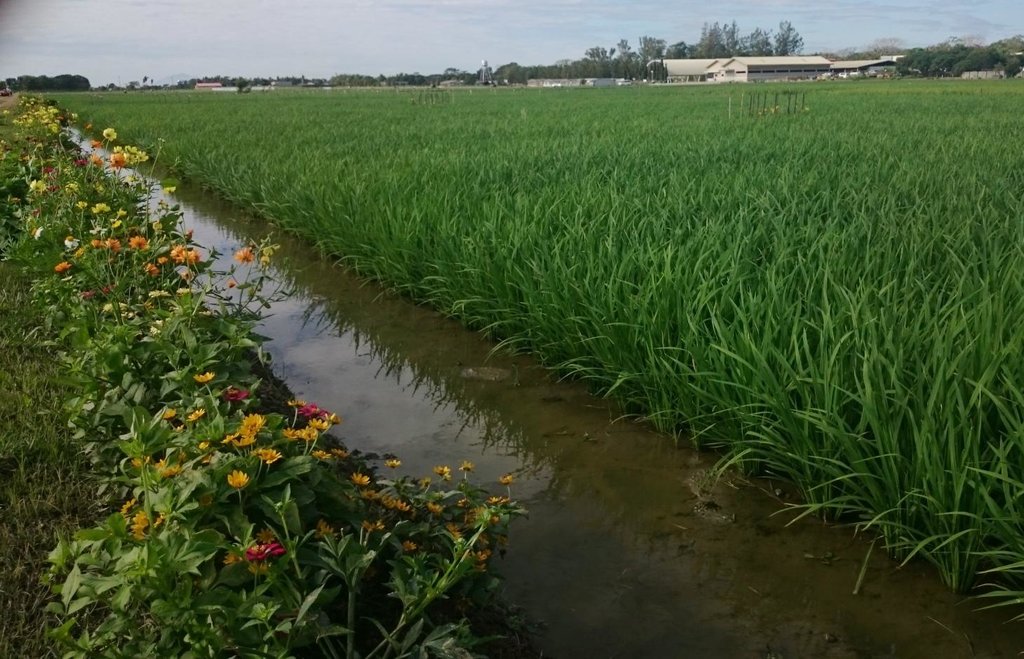
Land-use and ecosystem management are a key component of the environmental footprint of local communities, whether urban or rural. It encompasses impacts within and outside the geographical boundaries of these communities, because demand for ecosystem services may have consequences on distant countries through products imports or indirect market-related effects. Thus, designing and assessing strategies that minimize this footprint at product, citizen or community levels requires a thorough understanding of human, ecosystem and environmental responses involved in the underlying scenarios, from local to global scales. These responses may be analyzed using biophysical models of ecosystem functioning and ultimate the earth/climate system, and economic models describing the market mechanisms by which a local demand may translate into global consequences on the use and management of land worldwide. The objectives of this course is to raise the awareness of studentsregarding the biophysical and economicprocessesinvolved in the response of land-use and climate to economic drivers, and to equipthemwith state-of-the-art know-how on the modelling of theseprocesses, across a range of scales. Case-studiesinvolvingthesemodelswill serve to illustrate how theymaybeused to design and assesslow-carbonstrategies The course will comprise lectures, practicals, and conferencesfrom international experts (in approximatelyequalshares). Individualworkisrequired to prepare the final examination Curriculum: - Introduction : conceptual framework to predict land-use and assess land-use change patterns (drivers, pressure, state, response). - Landscape or 'territorial' metabolism: an industrial ecology approach to design and assess land-use strategies that mitigate climate change and provide social / economic / environmental co-benefits. - The Paris hinterland for food provisioning: a case-study detailing the effects of food demand from the Paris area on land-use – a historical perspective. - Biophysical response :modelling the impact of land-use change scenarios on climate with coupled climate-biosphere models across a range of scales. - Economic drivers : Introduction to the different possible methodologies to simulate land use changes at the global scale: how the demand and production systems are modeled in the main economic models of land-use? What are the key socio-economic drivers of land-use? What are the main sources of uncertainties? Evolution of land-use modelling towards the global scale. Land use modelling in the Integrated Assessment Models (IAM): some examples of integrated modelling will be presented with a focus on the interactions between the biophysical and the socio-economic realms. Global scenarios of land-use: how are they built? What are their main assumptions? What conclusions can be drawn from them? This section of the course will rely on the most recent literature on land-use: AgMIP inter-comparison exercise, IPCC fifth assessment report etc. As possible practical exercise proposed to the students: interpretation of some model outputs, calculation of key models parameters (e.g., elasticities) etc. - A case-study from emerging countries :eg Brazil and the multiple drivers of deforestation. - Operational tools for public and private decision-makers for low-carbon farming and land-use planning.
Année: 20/21
